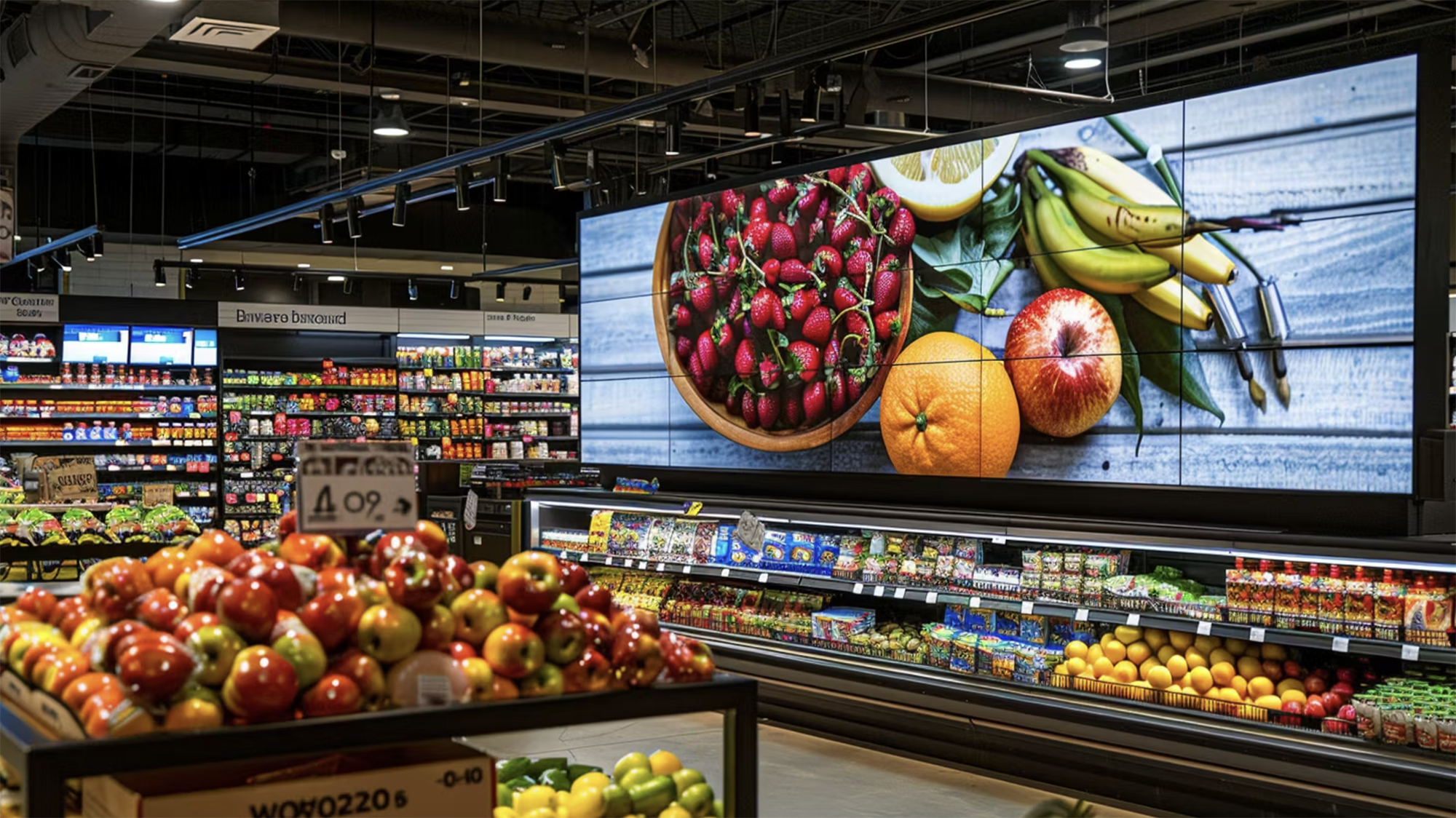5 Challenges of Personalization in the Digital Grocery Industry

At A Glance
- Grocers can create a one-to-one or unique experience for each customer with personalization
- Vitality of personalization becomes even more crucial in this fiercely competitive environment where shoppers are fickle
- The abundance of options can make the decision-making difficult for customers
- While the benefits of personalization are many, seamless execution can be tricky
- Below are some of the challenges digital grocers face while instituting a personalization initiative
Grocers continually seek fresh, unique, and innovative ways to interact with customers. One of the most crucial aspects of achieving this customer engagement goal is ‘personalization.’ Grocers can create a one-to-one or unique experience for each customer with personalization.
The vitality of personalization becomes even more crucial in this fiercely competitive environment where shoppers are fickle. Additionally, the abundance of options can make the decision-making difficult for customers. The plethora of choices makes it imperative for grocers to narrow options down in a way that makes it easier for customers to decide and make it more appealing.
While the benefits of personalization are many, seamless execution can be tricky. Below are some of the challenges digital grocers face while instituting a personalization initiative:
Data Navigation
Consumer data is essential for understanding what each customer desires and needs. Hence, to provide a personalized experience to their customers, grocers must ensure they have access to this vital data. While navigating through this data, grocers can face many challenges. First and foremost, a massive volume of customer data is available, of which only some can be leveraged to build meaningful insights. Secondly, there is an issue of insufficient quality data, be it outdated, incorrect, or irrelevant. To avoid targeting customers with wrong messaging, which can result in a bad customer experience, it is important to filter through heaps of data and pick what is crucial to create an incredible ‘personalized’ experience.
Privacy Concerns
While customers value personalization, they have concerns about data protection and privacy. It is pertinent for grocers to balance customer desire to protect their privacy and the need to access customer data. Retailers must keep their customers informed of their measures to secure their personal information. If grocers cannot do so, it will reduce customer trust and engagement, creating the opposite of the desired effect.
Target Segment Identification

One of the essential steps to ensure effective personalization is to segment customers accurately. However, customer needs constantly evolve, making it challenging for grocery retailers to keep track of and tailor offerings accordingly. By correctly identifying, segmenting, and updating shopper profiles, grocers can enhance the customer experience and improve the chances of conversion.
Technological Setbacks
Grocery retailers must account for the plethora of available tech offerings and the millions of customers these offerings cater to. The sheer scale of this undertaking can make personalization extremely complex to navigate. For a modern grocery retailer, this entails building and keeping a pool of over 1,000 personalized offers and having the capability to select the best offers for every customer each time. This granular and sophisticated data science is required to build an experience around what customers will most likely purchase next. Grocers need to invest resources and time to understand what technology works best for their needs and provide a unique and incredible experience to their customers.
Real-Time Execution
In a world where customers can access a surplus of options, grocers must offer experiences tailored to their needs and delivered in real time. This can be achieved if groceries provide a personalized experience as soon as the customer interacts and engages with them. Most companies need help since it requires a seamless data collection process, customer segmentation, predictive analytics, and execution. While this might be hard to achieve, it can help grocers unlock a whole new level of personalization and ease their scalability in the market.


.png)







.png)


